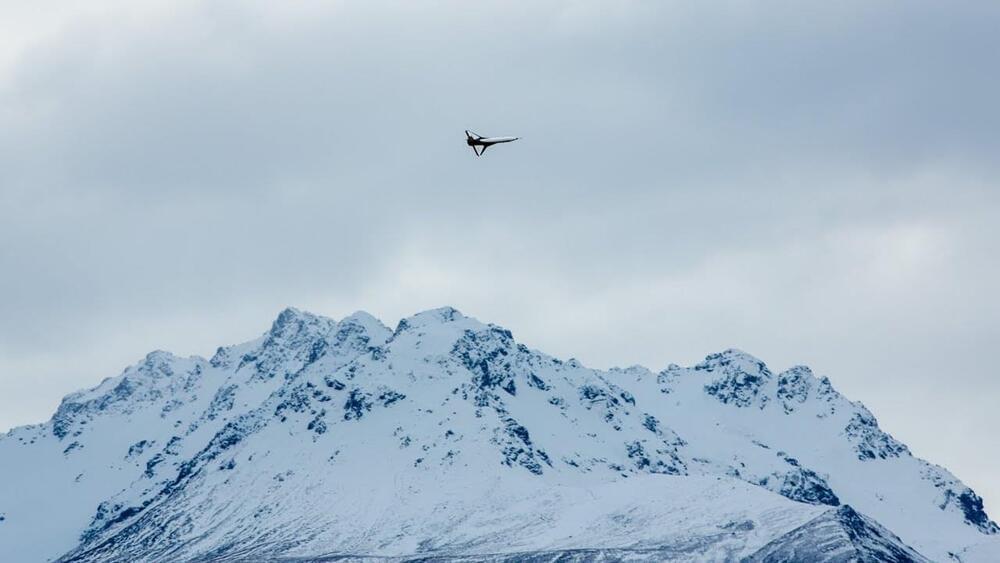Dawn Aerospace has successfully completed five test flights of its uncrewed Mk-II Aurora suborbital spaceplane in the skies over Glentanner Aerodrome on New Zealand’s South Island. The flights were conducted by the New Zealand-Dutch space transportation company from July 28 to 30 2021 at altitudes of up to 3,400 feet (1,036 m), with the prototype airframe fitted with surrogate jet engines.
The three-days of test flights to assess the airframe and avionics of the aircraft took place under a certificate issued to Dawn by the New Zealand Civil Aviation Authority (CAA), which allowed the Mk-II Aurora to operate from conventional airports without airspace restrictions after ground tests were completed.
The Mk-II Aurora is designed to take off and land horizontally using conventional runways. It’s currently equipped with surrogate jet engines, but these will be replaced by a liquid-fuel rocket engine, which is now undergoing static tests. Once installed, the hydrogen peroxide/kerosene engine will propel the spaceplane to supersonic speeds and high altitudes, and ultimately to a height of 100 km (62 mi) on a suborbital trajectory.









Comments are closed.